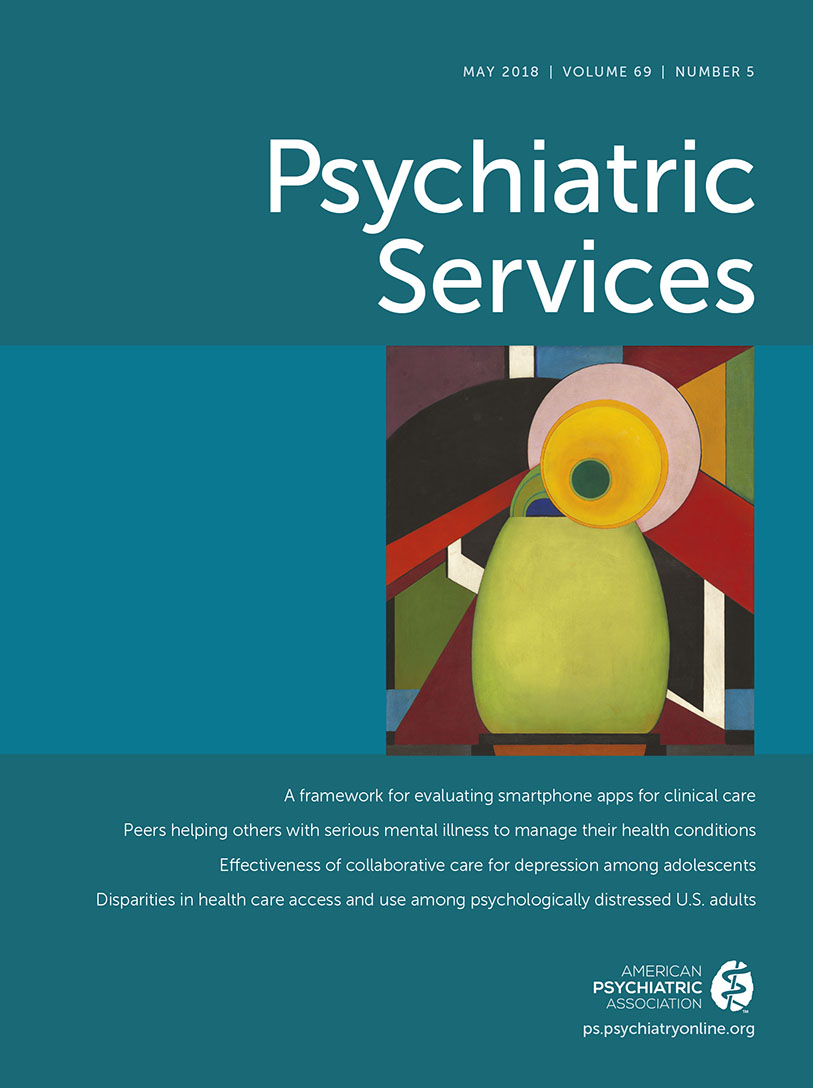Behavioral Health Treatment Patterns Among Employer-Insured Adults in Same- and Different-Gender Marriages and Domestic Partnerships
Abstract
Objective:
This study examined specialty behavioral health treatment patterns among employer-insured adults in same- and different-gender domestic partnerships and marriages.
Methods:
The study used behavioral health service claims (2008–2013) from Optum to estimate gender-stratified penetration rates of behavioral health service use by couple type and partnership status among partnered adults ages 18–64 (N=12,727,292 person-years) and levels of use among those with any use (conditional analyses). Least-squares, logistic, and zero-truncated negative binomial regression analyses adjusted for age, employer and plan characteristics, and provider supply and for sociodemographic factors in sensitivity analyses. Generalized estimating equations were used to address within-group correlation of adults clustered in employer groups.
Results:
Both women and men in same-gender marriages or domestic partnerships had higher rates of behavioral health service use, particularly diagnostic evaluation, individual psychotherapy, and medication management, and those in treatment had, on average, more psychotherapy visits than those in different-gender marriages. Behavioral health treatment patterns were similar between women in same-gender domestic partnerships and same-gender marriages, but they diverged between men in same-gender domestic partnerships and same-gender marriages. Moderation analysis results indicated that adults with same-gender partners living in states with fewer legal protections for lesbian, gay, bisexual, and transgender persons were less likely than adults with same-gender partners in LGBT-friendly states to receive behavioral health treatment. Sensitivity analyses did not affect findings.
Conclusions:
Behavioral health treatment patterns varied by couple type, partnership status, and gender. Results highlight the importance of increasing service acceptability and delivering inclusive, culturally relevant behavioral health treatment for lesbian, gay, and bisexual persons.



